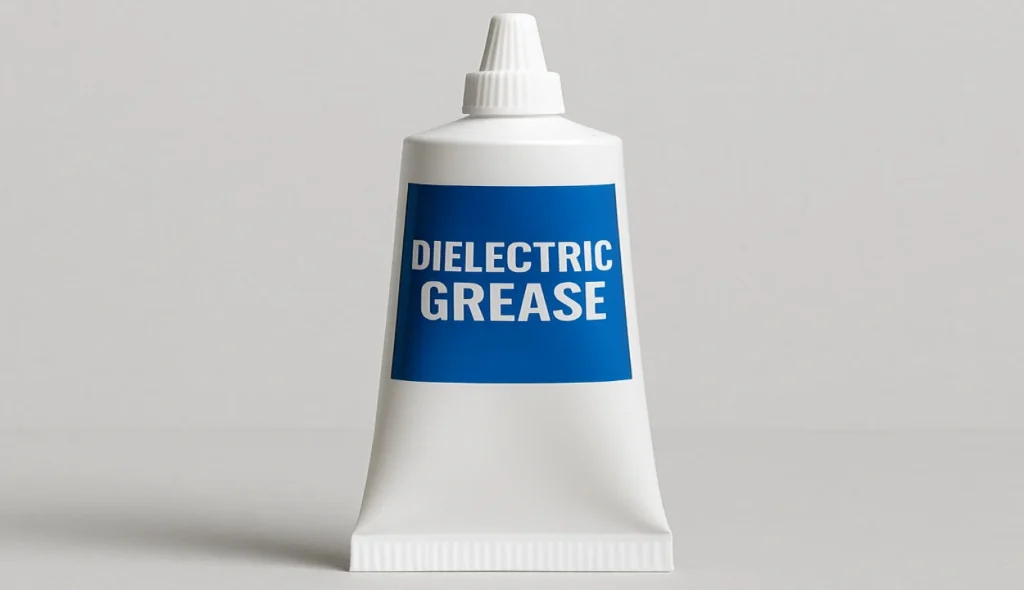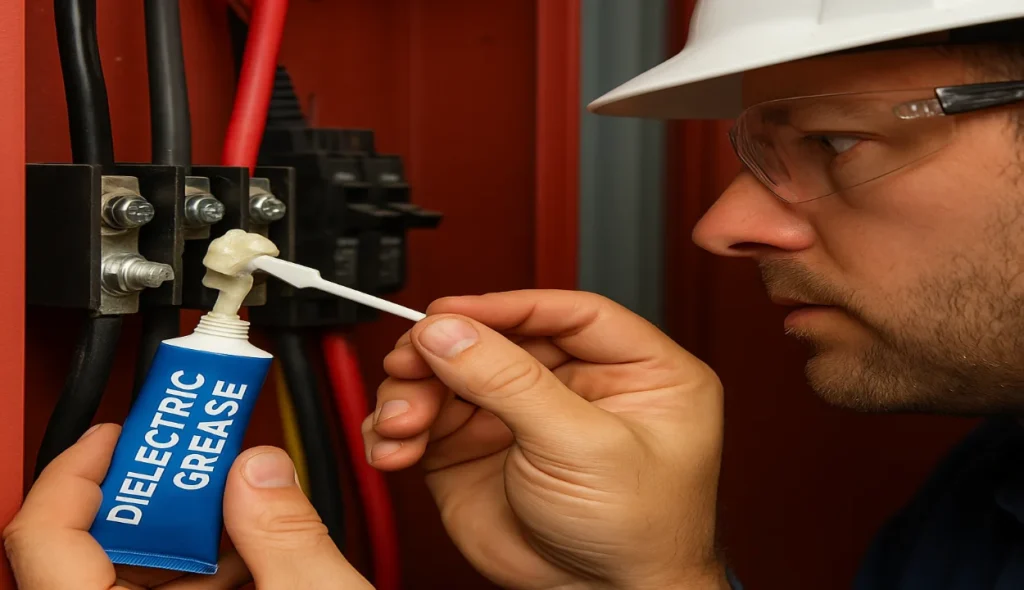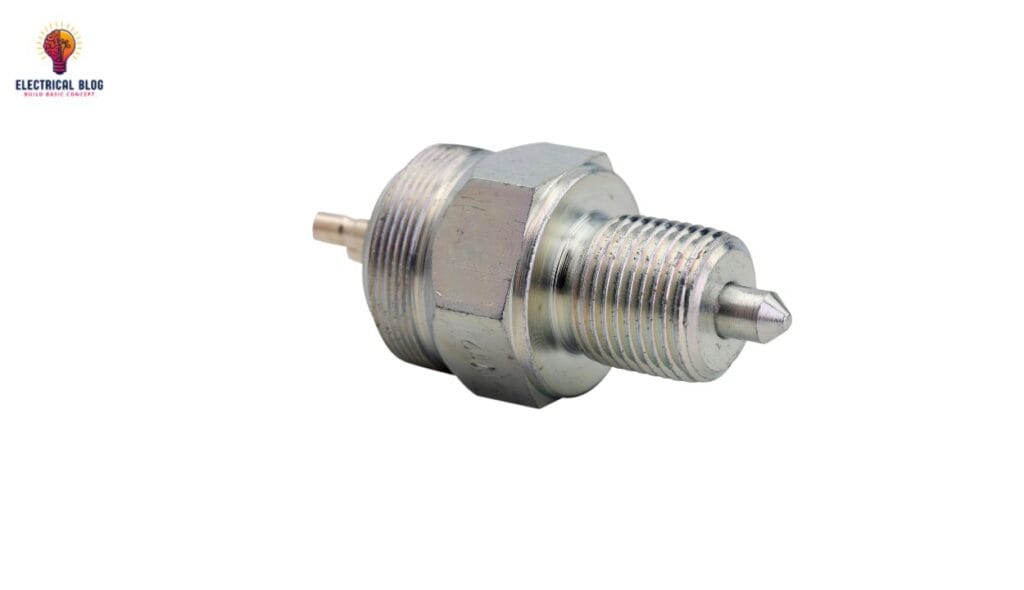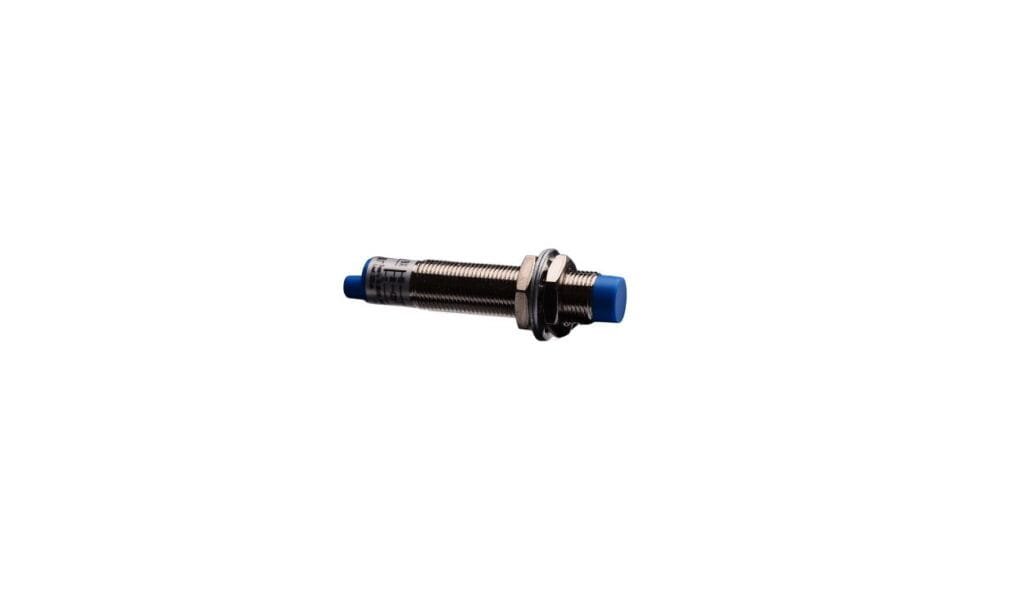Introduction
When working on your electrical projects, there’s always one essential product I reach for: dielectric grease. I discovered it in a university lab. There, it was used on spark plug connectors, light bulbs, and circuit terminals. It helped prevent corrosion, much like wax does, by acting as a reliable protectant.
Though it’s not a substitute for oil or coolant, its purpose lies in extending the lifespan of critical parts and maintaining stable connections in various devices. It works on battery leads, sensor boots, and rotating parts with bearings. It keeps all electrical components running smoothly, just like a well-tuned wheel.
What is dielectric grease?
Dielectric grease is a silicone-based material that safeguards electrical components by preventing the ingress of moisture, water, and dirt. I’ve used it in a wide range of applications, such as traffic lights, marine systems, and even automobiles.
It helps prevent corrosion and shields delicate connections from harsh elements in different types of environments. Due to its many applications, it is a preferred option for both students and professionals. You can also read about Open Circuit.

What is dielectric grease made of?
Dielectric grease, like other greases, is a mix of components including a silicone base and a thickener that gives it its texture. Some, like CRC Select-A-Bead, come as a white, opaque gel and may have slightly different appearances depending on their formulas.
What Makes Dielectric Grease Different from Other Greases?
In contrast to multi-purpose greases, dielectric grease is specifically designed to insulate and safeguard electrical systems from liquids and adverse conditions. I’ve used it during automotive tune-ups, home electrical work, and even while fixing wiring on a boat.
It remains insoluble and facilitates the lubrication of rubber components, spark plug wires, and electrical connections for maritime and outdoor applications. Thanks to its many practical uses, it is perfect for recreational vehicle setups and long-term connections. You can also read about Temperature Switch.
How to apply it correctly
When I use dielectric grease on my car or boat, I make sure it’s applied only to metal parts of the electrical connection that are exposed to harsh elements. This grease seals to protect against contamination and corrosion. Apply it carefully to avoid the mating surfaces, or it may block the flow of electricity. If you’re unsure about the process, try talking to a local expert who can provide you with guidance based on your specific connection.
Difference Between Dielectric Grease and Lubricating Grease?
Dielectric grease is formulated with silicone and a thickener, made to insulate and protect electrical parts, while lubricating grease is a product designed for lubrication in automotive, industrial, and machine mechanisms.
Lubricating types include oils like petroleum, vegetable, or synthetic, and are enhanced with additives for better performance. I’ve applied them through Zerk adapters, small metal fittings that funnel grease into the right car components for specific purposes.
Common Uses of Dielectric Grease
Automotive use: In automotive use, I protect spark plug wires, ignition coils, battery terminals, and other electrical connections. This keeps out moisture, dust, and corrosion. As a result, engine performance improves, and components last longer.
Home installations: For home installations, it is reliable in sealing light bulbs, switches, outlets, and circuit breakers, helping to prevent the ingress of water and contaminants, especially in humid conditions or damp rooms.
Marine systems: In marine systems, I’ve used it on boats, yachts, and watercraft to shield connections from saltwater, keeping them secure even in the harshest environmental conditions.
Outdoor setups: It’s also effective for outdoor setups like landscape lighting, garden equipment, and other fittings—a go-to when you’re working with wires and exposed electrical parts under changing weather.

Benefits of Using Dielectric Grease
Moisture Protection: It creates a water-resistant barrier over electrical connections, blocking exposure to water in harsh environments and helping to prevent corrosion and malfunctions.
Corrosion Prevention: A protective layer of dielectric grease stops rust formation on metal components, which boosts lifespan and long-term performance.
Better Conductivity: It fills gaps and voids to reduce voltage drops, which means smoother current flow and improved connection quality even under high resistance.
Temperature and Heat Resistance: It stays stable and effective under extreme heat, making it perfect for areas where temperature control matters.
Easy Application: With a thick consistency, you can spread it easily using a small brush or applicator to ensure full coverage.
Strong versatility: Works on many materials, such as rubber, plastics, metals, and insulating parts, making it useful for different electrical applications.
Conclusion
Dielectric grease is an essential product I always choose when working with electrical connections—whether on automotive systems or home installations. It lubricates, insulates, and protects against moisture, corrosion, and other contaminants. This makes it essential.
If you want reliable, long-lasting performance, knowing the right application techniques and following proper precautions will make a big difference. Using it for lighting, panel setups, and other tasks boosts system performance. It also helps stop annoying malfunctions.
Always make informed decisions, choose a specific type for your needs, and prioritize safety to truly safeguard your work. The benefits are clear: more stability, better flow, and real peace of mind across different industries and everyday electrical tasks.
FAQs
Is dielectric grease safe for all electrical connections?
Yes, dielectric grease is generally safe for most electrical connections, but always check the compatibility with the materials in your specific application to avoid any unwanted reactions.
Can dielectric grease fix electrical issues?
It won’t fix damaged wiring or serious issues, but it can help protect and improve performance by preventing moisture and corrosion in your connections.
How often should dielectric grease be reapplied?
The frequency of reapplication depends on environmental conditions. In high-moisture or high-temperature areas, it is best to inspect connections regularly and apply as needed.
Is dielectric grease the same as silicone grease?
Not exactly—dielectric grease is a silicone-based product designed specifically for electrical uses, while regular silicone formulations can have different applications and properties.


